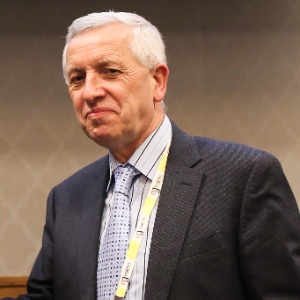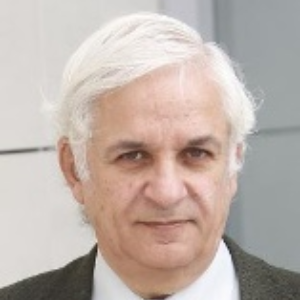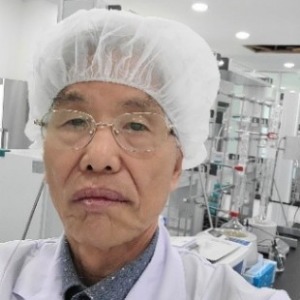Reverse Electrodialysis
Reverse electrodialysis (RED) is the salinity gradient energy derived from the difference in the salt content between river water and saltwater. At the Ben-Gurion University of the Negev in 1977, Professor Sidney Loeb developed a way to use the energy generated by this process using a heat engine. —U.S. Patent US4171409. In reverse electrodialysis, salt solution and fresh water are passed through a stack of alternating cation and anion exchange membranes. Each membrane experiences a voltage as a result of the chemical potential difference between salt and fresh water; the system's overall potential is the sum of these voltages. The technique relies on a difference in ion concentration rather than an electric field, which has consequences.
Committee Members

Stanislaw Dzwigaj
Sorbonne University, France
Anne M Gaffney
University of South Carolina, United States
Victor Cerda
University of the Balearic Island, Spain
Marta I Litter
Sapienza University of Rome, Italy CCT 2026 Speakers

Dae Dong Sung
Korea University Sejong Campus, Korea, Republic of
Enrico Paris
CREA-IT & DIAEE, Italy
Collin G Joseph
University Malaysia Sabah, Malaysia



Title : A desirable framework for establishing a resource circulation society
Dai Yeun Jeong, Jeju National University, Korea, Republic of
Title : Design of efficient and stable structured catalysts for biofuels transformation into syngas by using advanced technologies of nanocomposite active components synthesis, supporting on heat conducting substrates and sintering
Vladislav Sadykov, Novosibirsk State University, Russian Federation
Title : Application of vanadium, tantalum and chromium single-site zeolites in heterogeneous catalysis
Stanislaw Dzwigaj, Sorbonne University, France
Title : Personalized and precision medicine (ppm) as a unique healthcare model through bi-odesign-inspired bio- and chemical engineering applications to secure the human healthcare and biosafety: Engineering of biocatalysts - from evolution to creation
Sergey Suchkov, N.D. Zelinskii Institute for Organic Chemistry of the Russian Academy of Sciences, Russian Federation
Title : Catalytic potential of biochar derived from heavy-metal-contaminated biomass
Enrico Paris, CREA-IT & DIAEE, Italy
Title : Effective B2O3 modified Ni/Al2O3 co precipitated catalysts for waste cooking oil transformation into green diesel
Eleana Kordouli, University of Patras, Greece